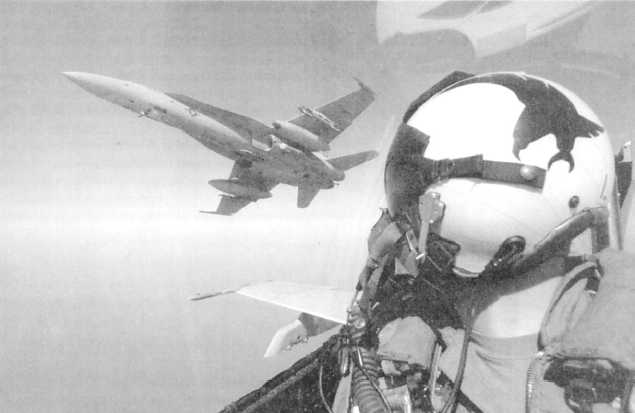Figure 4-26.—Air-to-air photograph taken through a closed canopy.
may also be able to minimize image motion by panning
the subject with the camera. When you are flying low,
the target may "shoot" past you so fast that the shutter
speed cannot "stop" it. This results in a photograph that
is not sharp. To prevent this, "follow the target" (pan)
with your camera. The pan must be continuous and
smooth. Move the camera in the direction opposite to
the direction of flight, keeping the lens fixed at some
point on the target. With this technique, the image on
the film does not move as much as it would if the camera
were held still.
With a hand-held camera, you have freedom of
movement; however, the view of the camera is limited
by the structure of the aircraft. Do not include the tip
of a wing or any other part of the aircraft in your
photographs, unless you do it intentionally (fig. 4-25).
The views of the target are best when the aircraft is
approaching or leaving the target and the target is off to
one side. At a level altitude, in fixed-wing aircraft, you
may have difficulty excluding the tip of the wing from
the view of the camera. You can tell the pilot to bank
the aircraft; that is, raise the wing of a high-wing aircraft
on the side from which you are shooting. You can also
tell the pilot to lower the wing of a low-wing aircraft
when the aircraft passes the target. This maneuver
should lift or drop the wing of the aircraft out of the
picture area. Another flight maneuver for getting the
wing of the aircraft out of the picture is to have the pilot
crab the plane. After the plane is crabbed, it is on a
different heading than the original direction of flight;
thus the wing is outside the area of the photography.
When you are shooting photographs from a
helicopter, have the pilot fly at a level altitude or bank
when the aircraft passes the target, so the rotor blades
are raised from the area of the photograph. This
minimizes the chance of rotor blades appearing in the
photograph.
The slipstream outside an aircraft can be very
strong, so when you are taking photographs through an
open window or door, be sure you have a good grip on
the camera and all loose objects, and camera parts are
well-protected and secured.
In some aircraft, you must take photographs
through a canopy or closed window (fig. 4-26). The
plexiglass, or glass, can cause a slight shift in image
4-31



